Reconstructing the mining world from chaos into logical sense has been Fu Longlong’s primary task the last two years.

“This is new,” he sat down and commented, “I’m usually the one interviewing others.”
Recently turning 26, Longlong has been working in HPY Technology’s Brand Department as their Film and Media Director. Established in 2015, HPY Technology Co., Ltd. specializes in providing mining companies customized ore sorting solution to help sort ores containing target minerals using different sensor technologies. By removing waste rock during the comminution process and sorting the ores with target minerals can provide mines with economic and environmental benefits.

Since then, he has embarked on a unique career path, transitioning from a typical media advertising company to the realm of mining and ore sorting machines. Longlong has since captured a dozen or so mining sites, revealing the intricacies of the industry through his lens.
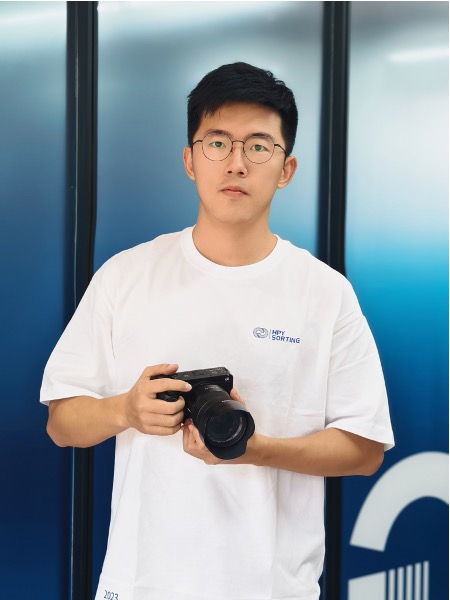
Unearthing Mines with Videography
Longlong's primary responsibilities involve shooting product and case study videos for HPY’s sensor-based ore sorters, a task that takes him on frequent trips to various projects, communicating with the onsite engineers, and opening his eyes to the vast diversity of minerals and the transformative impact HPY's equipment has on mining efficiency and environmental sustainability.
“My job is to ensure a genuine and authentic portrayal of what goes on with the mineral processing, while presenting it in a way that is easy for the audience to understand,” he states, “and I do this through the art of video storytelling.”
The challenges Longlong faces are as diverse and complex as the minerals he captures. Navigating through limited online resources for material to use in his videos and adapting his artistic skills to the harsh conditions of mining environments—replete with noise, dust, and safety measures—requires a unique blend of creativity and technical prowess. In pursuit of compelling footage, he has learned to master the use of drones and aerial shots.

For Longlong, the greatest satisfaction comes from entering an entirely new domain, shedding light on the often-overlooked aspects of the mining industry.The dynamic and indispensable role played by the mining industry in our daily lives—from phosphorous fertilizers to lithium EV batteries—is a narrative that extends far beyond the confines of the mines themselves.

From Hand to Machine: A Documentary of Technological Transformation
Longlong recounts his first venture into a molybdenum mine in Henan, navigating treacherous mountain roads to unveil the intricate system of machinery against a backdrop of stunning natural beauty. He vividly describes the awe-inspiring complexity of the grinding and flotation workshops.
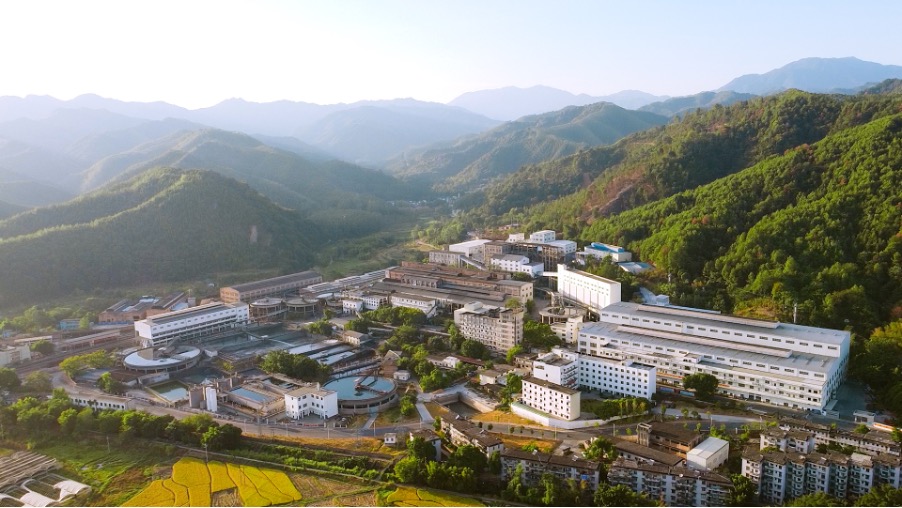
“A single processing plant can use up to thousands of tons of water and electricity per day. Comparatively, the amount an average person uses every day, doesn't even come close to a fraction of the resources used by a processing plant.” Longlong notes that through the use of HPY's ore sorters and dry coal sorters, he has seen a vast transformation, saving on water and electricity usage, making those mines more environmentally friendly, and the ability to save on resource costs.
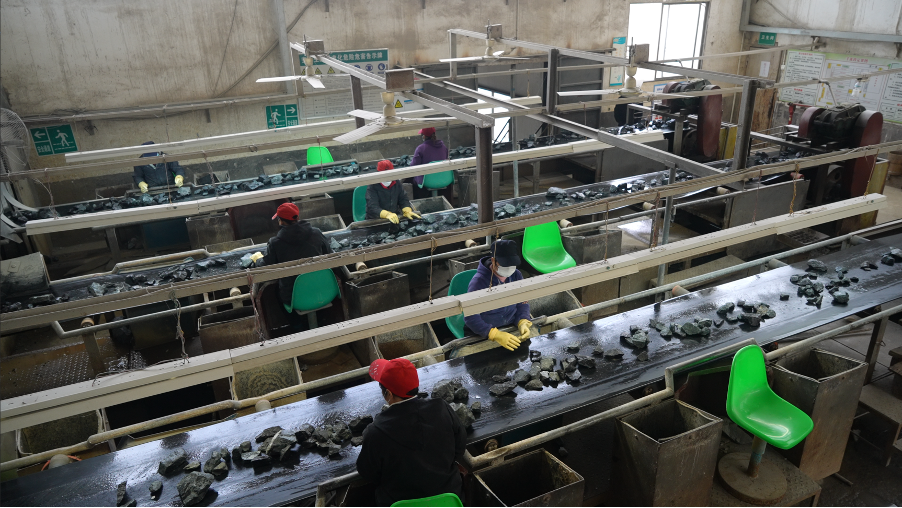
His experiences also shed light on the manual labor involved in the absence of AI ore sorting, illustrating the need for mechanization. "I once witnessed an elderly woman manually sorting tungsten ore with a rake and gloves. Seeing her perform this task was numbing, at the end of the day, she was just a part of the process. To see someone at that age needing to hand sort minerals, in that type of environment really showed the importance of innovation in the mining industry It's time for automation to replace such dangerous tasks; humans should evolve beyond being mere cogs in the machinery."
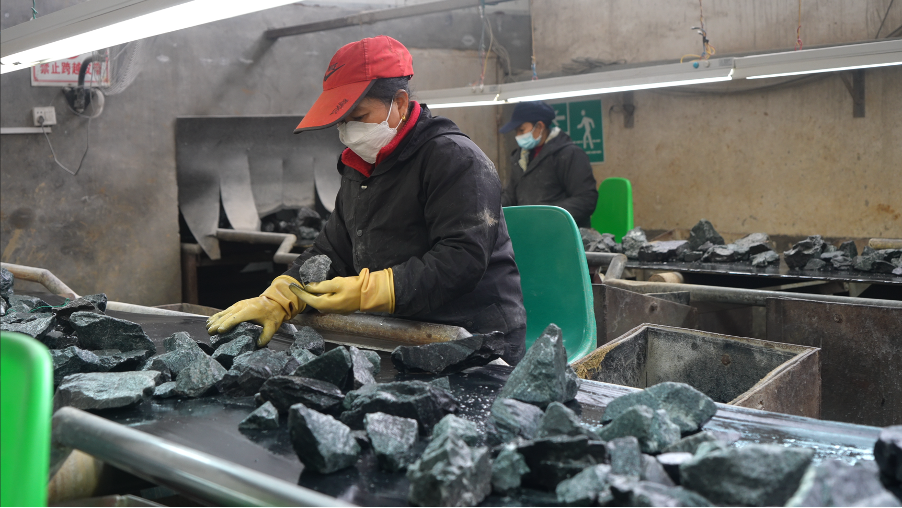
“Most people don’t know what goes on in a mine, when they see it on the news, mines are often shed in a negative light, whether an accident or causing negative impacts on the environment. But many people don't understand why the mining industry is crucial to the economy and our daily lives.” Longlong said solemnly. "It is important for us to continue to find safer ways to process these minerals and one of those steps is using technological and information revolutions to automate the process, creating safer work environments."
A New World Value Efficiency, Environment, and Human Safety and Autonomy
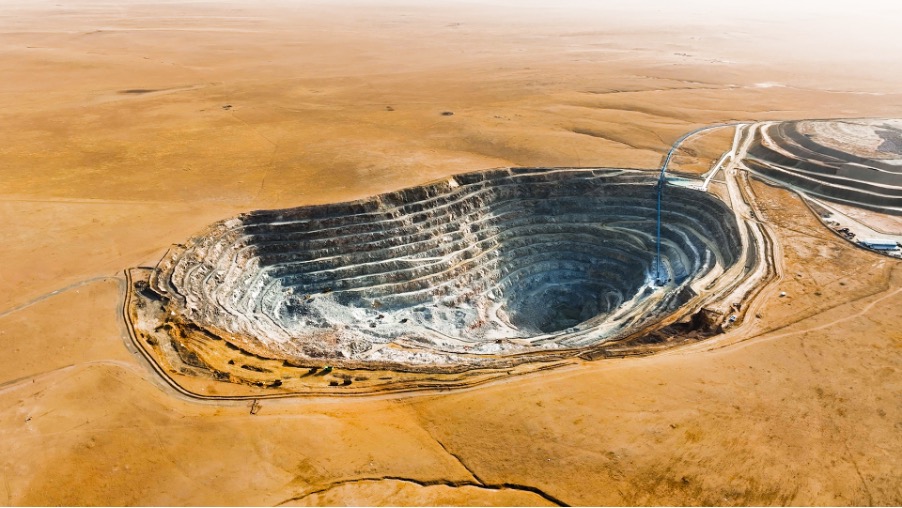
Through his lens, Longlong not only captures the present reality of mining but also advocates for the inevitable shift towards automation and artificial intelligence in the industry. His stories reveal the profound changes occurring in mining practices with HPY’s transformative solution.
“It isn’t until I worked in this industry, that I learned there are machines like HPY’s that could allow mines to profit off of a pile of waste rocks. After sorting, we can use them as construction materials, way more environmentally friendly.” This job has allowed him to “view the world from a different perspective.”

From the labor-intensive processes of hand-sorting, his lens highlights the importance of the mining industry embracing sensor-based sorting technology not only for efficiency, safety, sustainable resource utilization, but also a needed change in an industry so vital to our everyday lives.